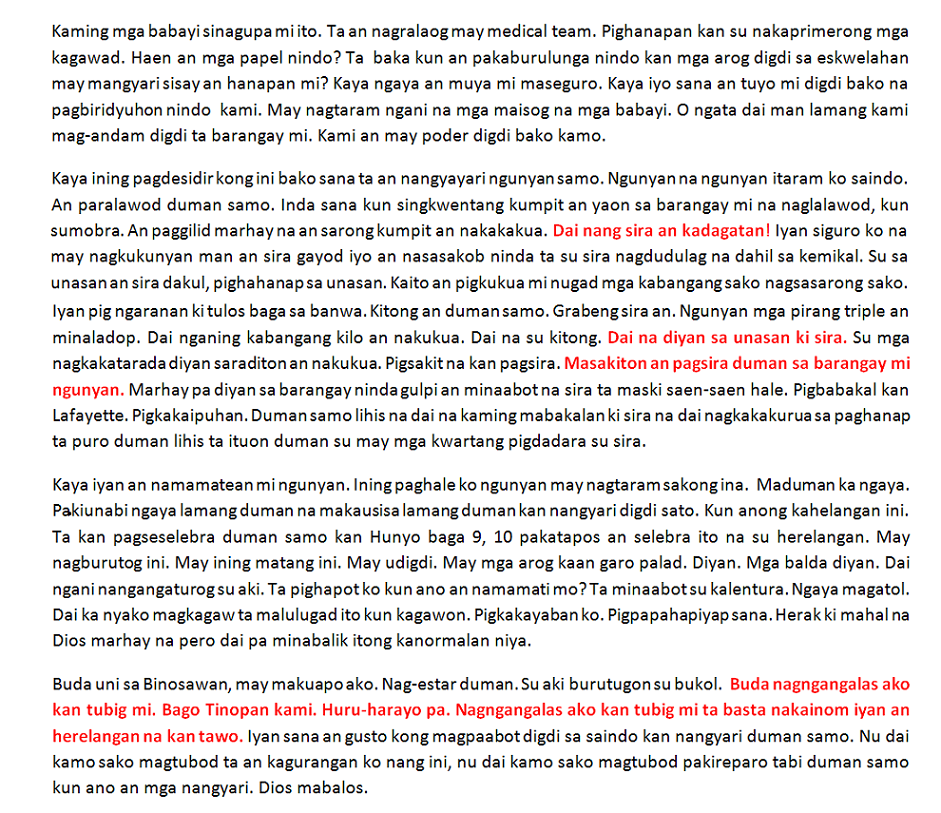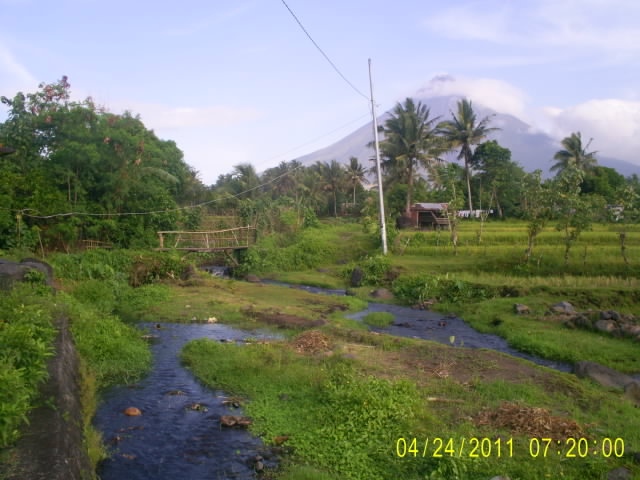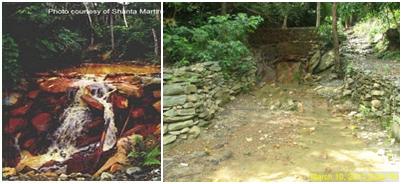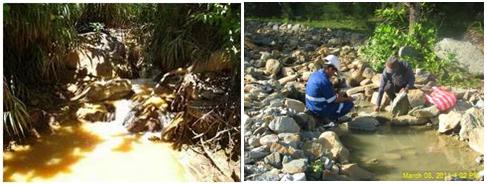For Lafayette is all for responsible mining. Yeah, right.

Manila Bulletin
Opinion & Editorial
Wednesday, April 2, 2008
Francis N. Tolentino
Justice delayed is justice denied.
It has been twelve long years since the Marinduque mining disaster, and yet, nothing had seemed resolved. Cases filed in courts had been there for as long as the people of Marinduque can remember. The Boac river had never been restored and the people’s lives had never been repaired. Indeed, green courts have been established, and this is a laudable move. But has the initiative been truly enough to expedite cases such as that against Marcopper and Placer Dome?
It brings shivers down the spine to recall the hateful lot that fell on the people of Marinduque some twelve years ago. On March 24, 1996, 3.4 million tons of metal enriched and acid generated tailings spilled into the 26-kilometer river of Boac (the largest waterway in Marinduque) at a discharge rate of 5-10 cubic meters per second, poisoning all forms of marine life that inhabited the river, and causing immense damage to the life support systems of nearby communities. For more than three decades, Placer Dome had conducted mining activities in Marinduque (despite much community resistance), amassing billions and billions of dollars from extracting Philippine mineral resources. Yet, it should be noted that during Placer Dome’s 30-years of operation, "Marinduque endured one mining-related environmental disaster after another. For sixteen years, from 1975 to 1991, Placer Dome oversaw the dumping of 200 million tons of mine waste (tailings) directed into the shallow waters of Calancan Bay , covering corals and seagrasses and the bottom of the bay with 80 square kilometres of tailings. The food security of twelve fishing villages around the bay had been severely impacted…These tailings are also leaching metals into the bay and are suspected to be the cause of lead contamination that has been identified in children from the villages around the bay…In 1993, a dam holding back mine waste at the mountainous headwaters of the Mogpog River burst, flooding downstream villages and the town of Mogpog so severely that houses were swept away, water buffaloes and other livestock killed and crops destroyed." (Backgrounder on Placer Dome Marinduque, Philippines — 16 January 2002 — published by Mining Watch)
The disaster, and its magnitude, also caught international attention. The United Nations Environment Program/Department of Humanitarian Affairs (UNEP/DHA) Environment Unit conducted an assessment of the affected areas in Marinduque and arrived at the following conclusions:
* The Makulapnit and Boac river systems had been so significantly degraded as to be considered an environmental disaster.
* The acquatic life, productivity and beneficial use of the rivers for domestic and agicultural purposes are totally lost as a result of the physical process of sedimentation.
* The coastal bottom communities adjacent to the mouth of the Boac river are also significantly degraded as a direct result of smothering by the mine tailings.
* There is no evidence of acute poisoning in the expo
sed population due to the mine tailings.
* There is an increased health and safety risk due to the immersion and flooding as a result of the very large volume and physical properties of the mine tailings, should they be mobilized during the wet season; and
* Concentrations of trace metals in the mine tailings were not sufficiently high to represent an immediate toxicological threat.
The second amended complaint filed by the provincial government of Marinduque through its attorneys against Placer Dome, Inc., enumerates the bases for the filing of the case with the United States District Court in the District of Nevada. The complaint explains the history of Placer Dome’s involvement in the mining operations in the Province of Marinduque, the authority of the Provincial Government of Marinduque to file the case in Nevada, the historic ties of the Philippines to the US, the extent of pollution caused by the mining operations, the mining disasters that occurred in Marinduque related to t
hose operations, the extent of the damage to the environment based on various scientific studies, the so-called strategies employed by Placer Dome to avoid accountability for its actions, and Placer Domes’s alleged deliberate actions to evade civil and criminal liability. The complaint enumerates the various claims for damages covering environmental damages, economic damages, harm to human health. It elaborates on the claims for relief: (a) First claim for relief: injury to natural resources within the provi
nce; (b) Second claim for relief: negligence; (c) Third claim for relief: public and/or public nuisance; (d) Fourth claim for relief: breach of contract; (e) Fifth claim for relief: breach of contract; (f) Sixth claim for relief: promissory estoppels; and (g) Seventh claim for relief: Placer Dome’s civil violations of Philippine environmental Law (Diamond McCarthy 2006).
Similar to Marinduque’s fate, the City of Toledo in the province of Cebu also suffered much due to the irresponsible mining activities of Atlas Mining Corporation. In John P. McAndrew’s book entitled "The Impact of Corporate Mining on Local Philippine Communities," the author illustrated how mining activities have altered the environment of the natives of Toledo by causing people’s displacement and health and safety hazards because of polluted rivers and surroundings. Despite such ill effects, the book also describes how Toledo City somehow gained from the mining operations in the aspects of infrastructure and socio-economic development.
However much the people of Marinduque desire to claim justice and repair for the damage done by Marcopper and Placer Dome (both in their lives and in their community), their hopes shall forever be dampened if both local and international laws remain gray and unclear on addressing the many significant questions relating to environmental damage brought about by mining activities. "Law has always been and will continue to be a key part of the governance framework for the mining sector. Effectively implemented, law is a leveller: it generates consistent incentives for responsible behaviour of all companies and other actors..." (The Mining, Minerals and Sustainable Development Project, Chapter 14, p.337). Looking forward, it seems our government’s current thrust to attract foreign mining investors, including the proposed additional tax incentives, should be tempered with the lessons gained from the Marinduque mining disaster. This we owe to generations yet unborn. (E-mail address: myrfnt@yahoo.com)


































































































































No comments:
Post a Comment